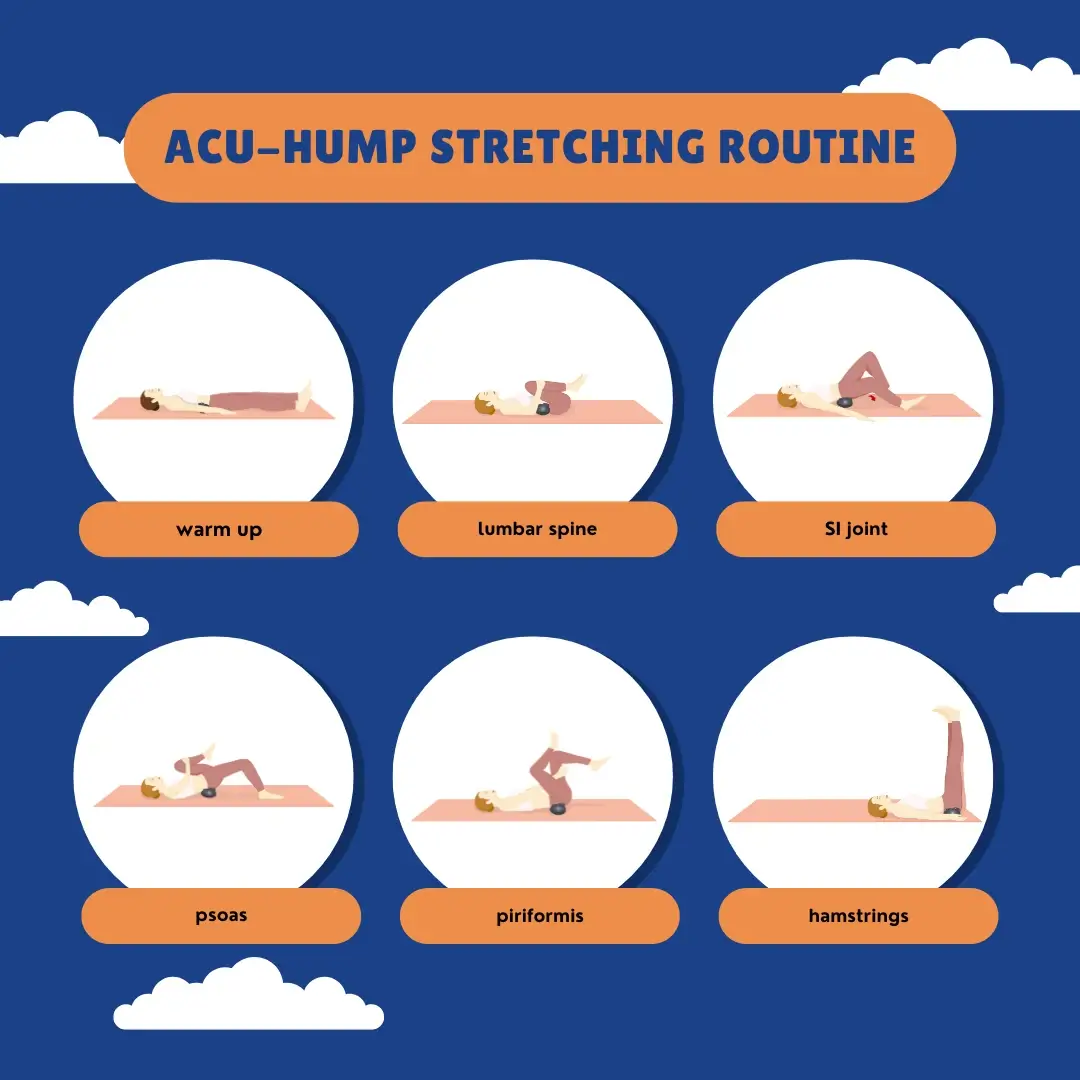The piriformis muscle, located deep in the buttocks, can exert pressure on the sciatic nerve and cause sciatica when it becomes tight, overused, or irritated. Hence, piriformis syndrome is also known as wallet sciatica.
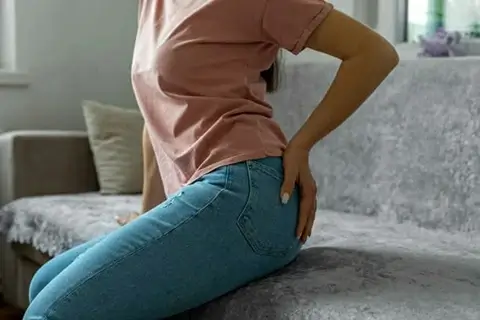
During a piriformis syndrome episode, you may experience pain and numbness in the deep buttock down to the leg, causing discomfort and even sleep disruption in severe cases.
In addition to seeking professional treatment, self-care for piriformis syndrome can help alleviate daily symptoms and promote recovery.
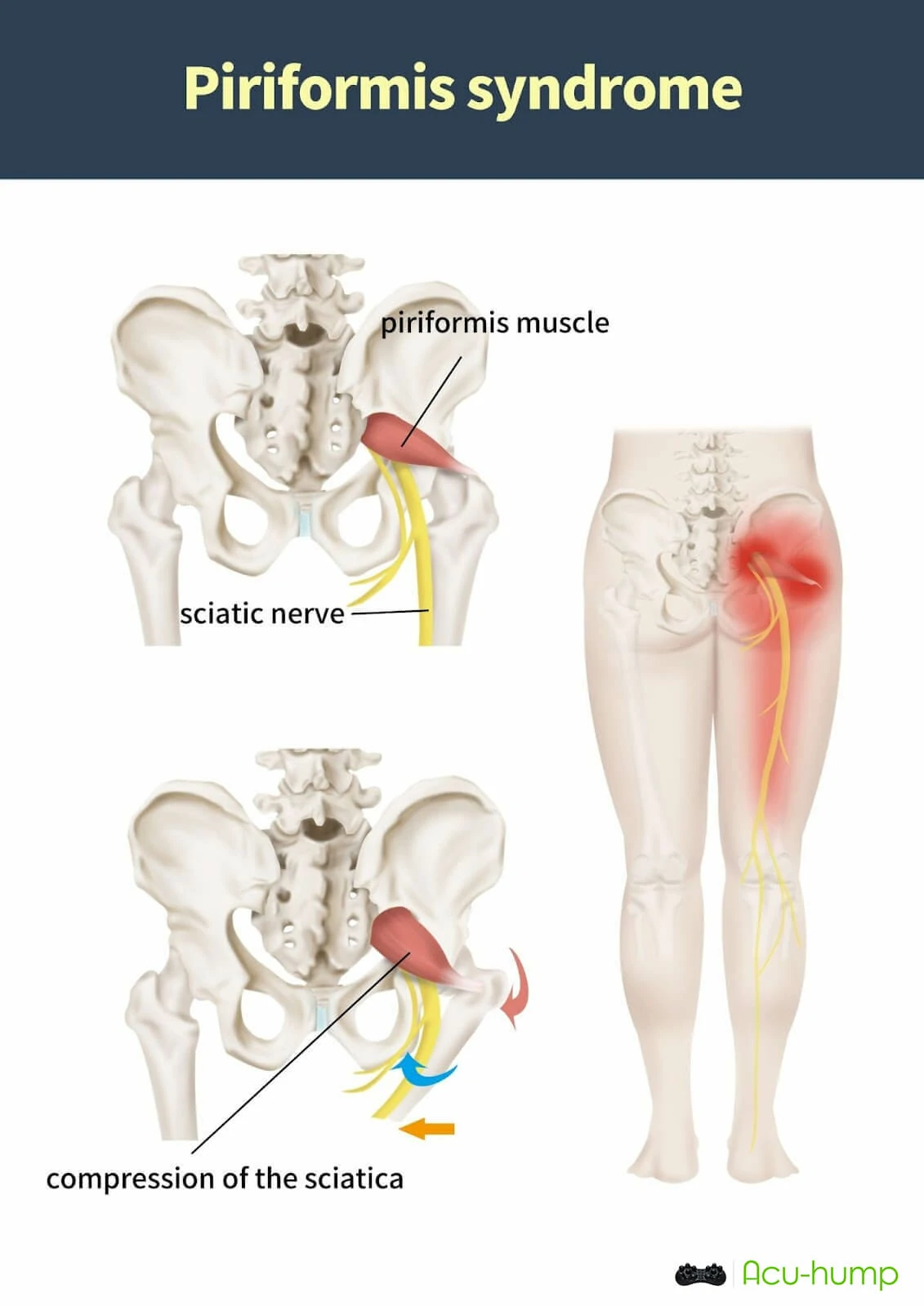
Here are 9 tips for self-care for your piriformis, including ways to relieve it and things to avoid.
Stretching
When you are seeking to relieve piriformis syndrome, the most commonly recommended method is piriformis stretching.
You may have tried various piriformis muscle stretches along the way. After some time, you might have found yourself wondering: Why does stretching make my sciatica worse?
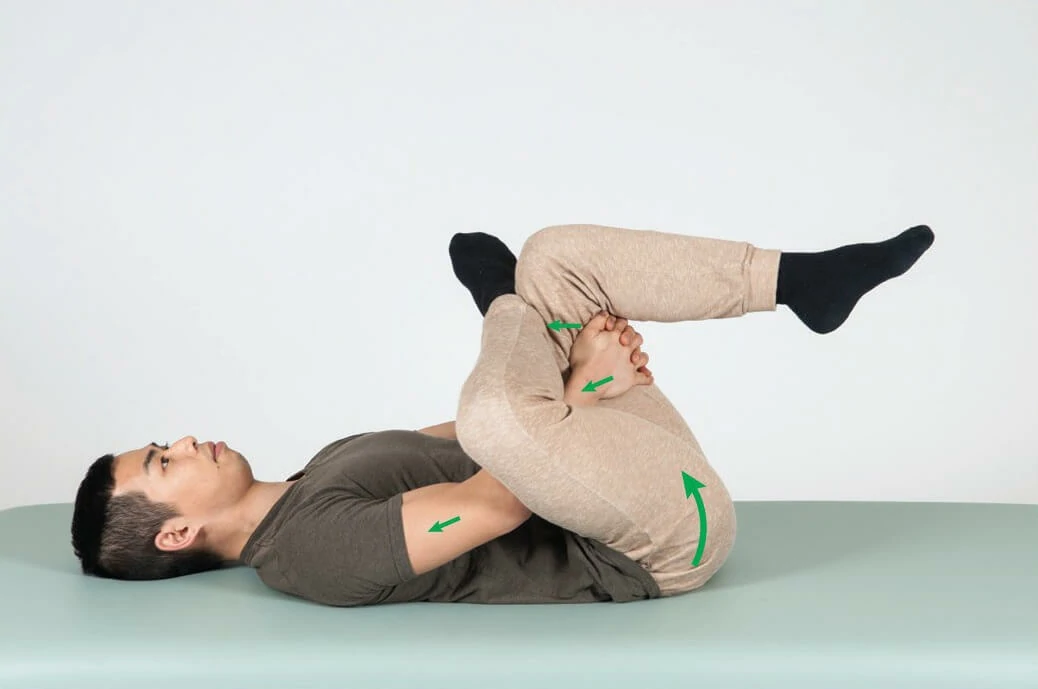
At the end of the article, we have created a comprehensive Stretching The Piriformis Muscle PDF. Scroll down to save it on your phone.
No worries about overstretching or performing improper movements. The guide includes a total of 6 steps to help you stretch your hip muscles effectively.
Massage
Self-massage is an excellent addition to professional massage therapy that can be done at home. By applying pressure, you can break up muscle knots and release trigger points to alleviate tight muscles in the buttocks.
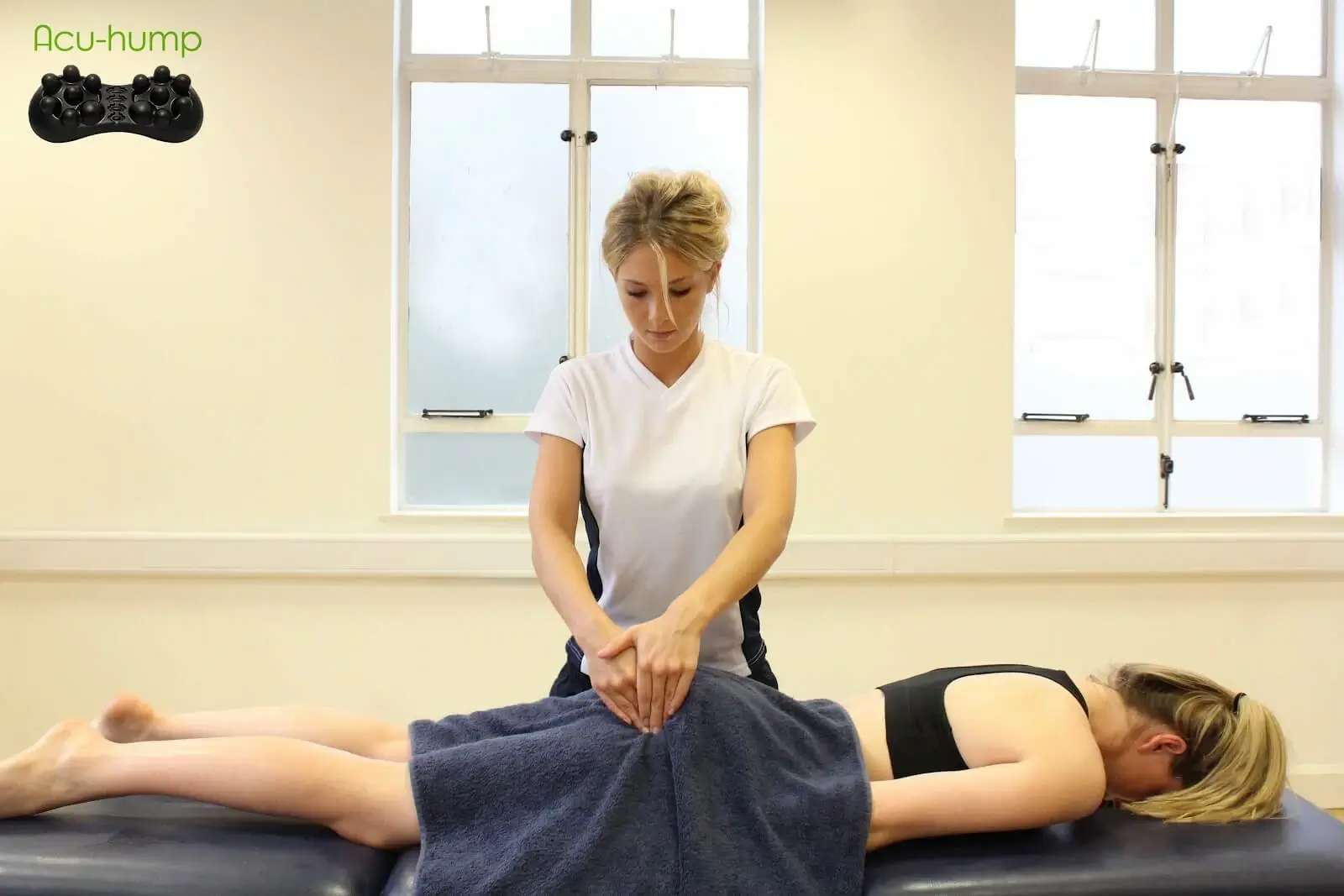
If you’re using a massage gun for self-massage, you may find yourself having to stand or twist your waist while lifting one side of your buttocks. This is not the optimal solution.
You can try using a massage ball and foam roller to help relax the piriformis muscle.
If you have a higher demand for relieving piriformis syndrome, specialized massage tools designed specifically for this condition are your best choice.
Acu-hump: designed specifically for the piriformis muscle
Acu-hump is a self-release tool designed to alleviate pain and discomfort associated with piriformis syndrome.
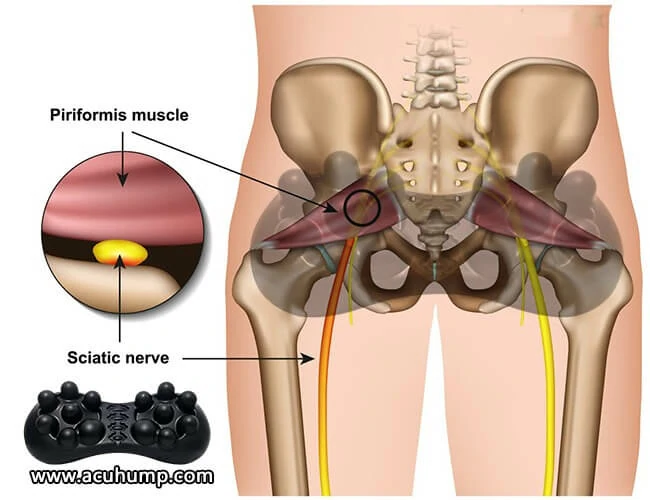
This tool is specifically designed to target the trigger points of the piriformis muscle and relieve tension in the buttocks through acupressure massage.

Acu-hump® Deep Massage & Stretch
You can use it while sitting or lying down. Place the Acu-hump underneath the affected side of your buttocks and increase the pressure by swinging your legs or rocking your body.
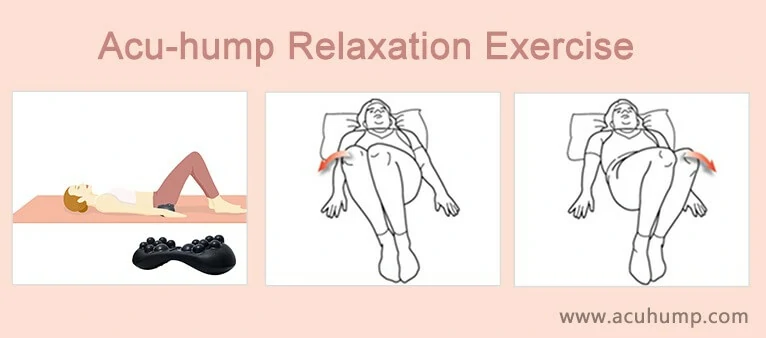
Here is a demonstration video of a professional doctor using Acu-hump while sitting:
Acu-hump: Full refund policy. No risk for you.
Acu-hump does not roll, allowing you to focus on the stretching motion while using it and feeling the muscle relaxation process.
It comes with a 10-minute sciatica stretching routine that addresses muscle strength imbalances, relaxing your lower back, buttocks, and hamstrings through 6 movements.

Acu-hump® Piriformis Syndrome Relief
However, it’s important to note that this tool may not be suitable for everyone, and seeking medical care is always a good idea before trying any new treatment method.
Acu-hump: 30-day return policy. No risk for you.
Rest
Avoid high-intensity activities such as running or cycling, and instead focus on low-impact exercises like walking or swimming. Giving your body time to rest and heal can be crucial in managing your symptoms and preventing further injury.
Avoid Prolonged Sitting
Prolonged sitting can make piriformis syndrome worse. If you have a desk job, try to take breaks and stand up every 30 minutes. It is also possible to use comfortable seat cushions and stand up office table.

Heat and Ice Therapy
Applying heat or ice to the affected area can help alleviate pain and inflammation. Heating pad can help improve blood flow to the area, while cold therapy can reduce inflammation and numbness. Its effects are short-lived and do not address the underlying cause of piriformis syndrome.
Cupping therapy
Cupping involves placing cups on the skin and creating suction, which can help alleviate muscle tension, improve blood flow, and promote healing.
After treatment, it is common to see red or even black marks on your skin, which will typically fade away within 1-2 weeks. Additionally, it is advised not to take a shower within 6 hours after cupping.
Cupping therapy is less commonly used in home treatments due to its effectiveness being influenced by the skills of the operator.
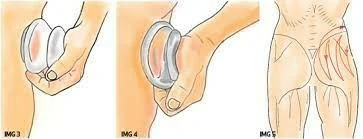
TENS unit
A effective self-care method for piriformis syndrome, providing electrical stimulation to the affected area to alleviate pain and promote healing.
It can be difficult to determine when the effects will take hold, as the sensation of the piriformis muscle being relaxed may not be strong immediately after use. Even after professional treatment, immediate relief may not be noticeable, and it usually takes several hours to feel changes in the body.
Exercise
Exercises that strengthen the muscles around the piriformis muscle can help improve balance and flexibility, which can reduce the risk of reinjury. Exercises like the bridge and clamshell can be effective at home or work.
Weak muscles are prone to injury. Therefore, incorporating exercises to strengthen muscle groups is essential for long-term well-being. This includes focusing on strengthening the lower back muscles and core muscles, as they play a crucial role in overall muscular strength and stability.
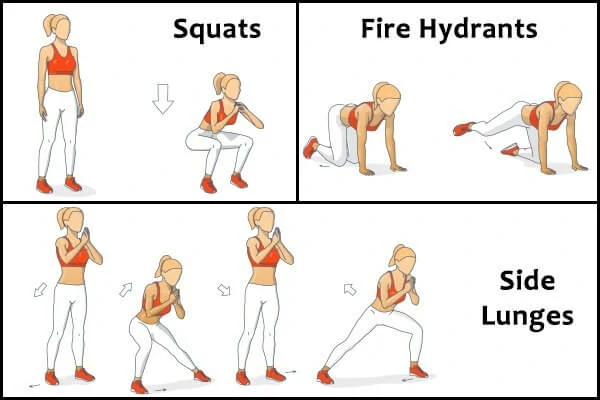
It’s important to note that these self-care strategies may not work for everyone, and that it’s always a good idea to seek medical attention to identify the root cause of your pain and develop a personalized treatment plan.
In conclusion, piriformis syndrome can be a painful and frustrating condition, but by incorporating these simple self-care strategies into your daily routine, you can promote healing, relieve pain, and improve your overall quality of life.

Let’s Get Rid of Piriformis Pain
Save It to Your Phone and View It Anytime
Click to download: Lower Back and Piriformis Stretches PDF
